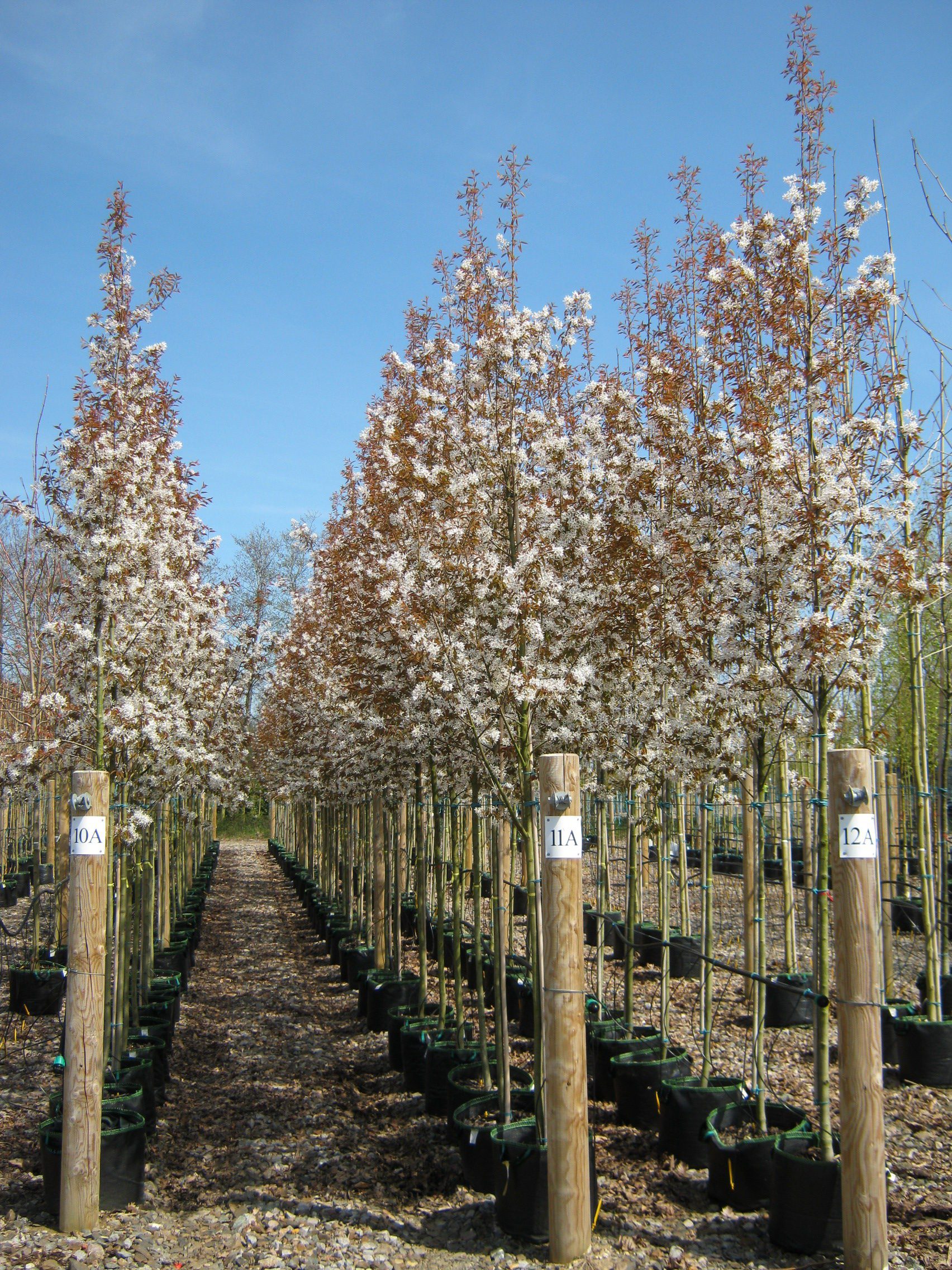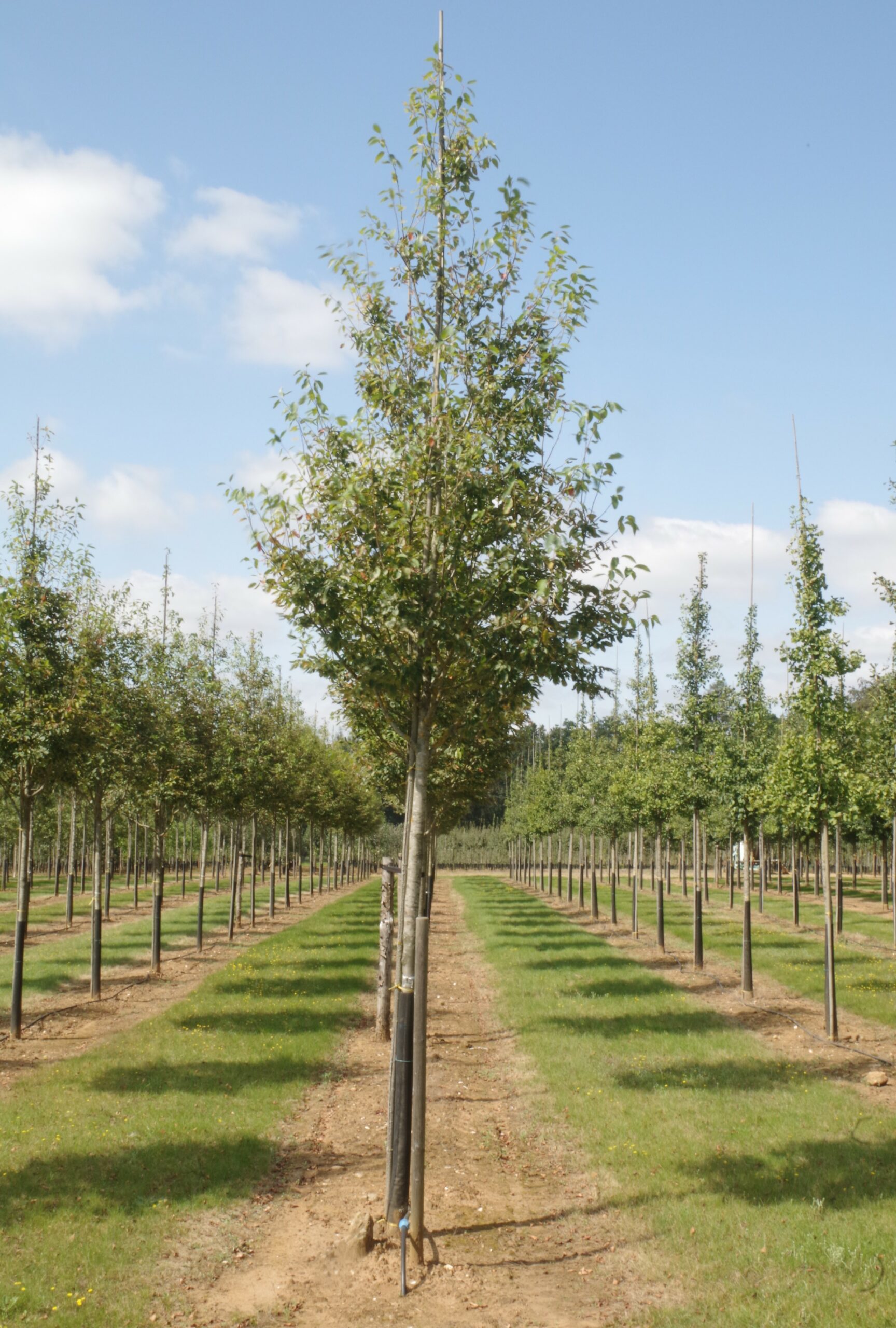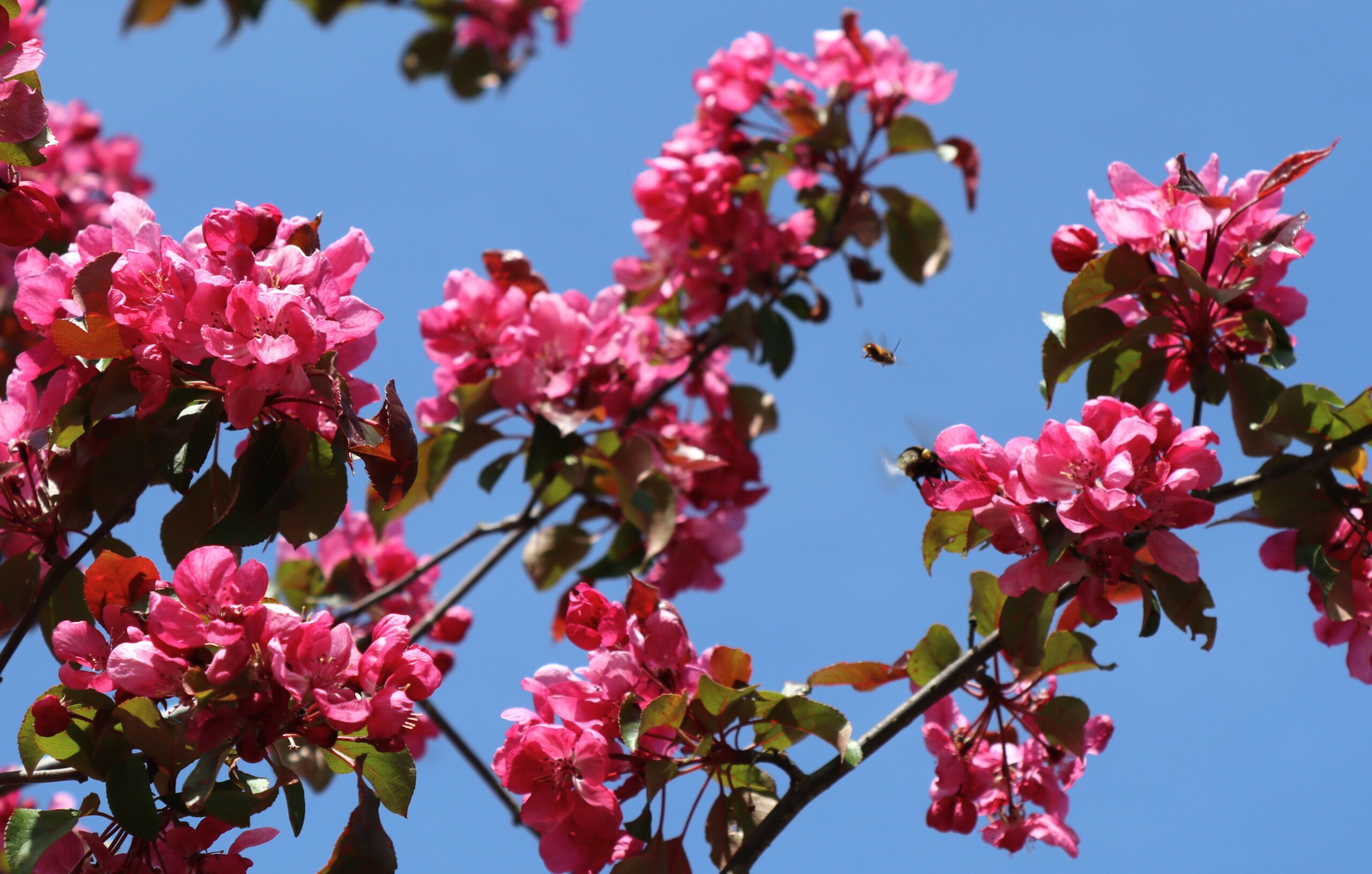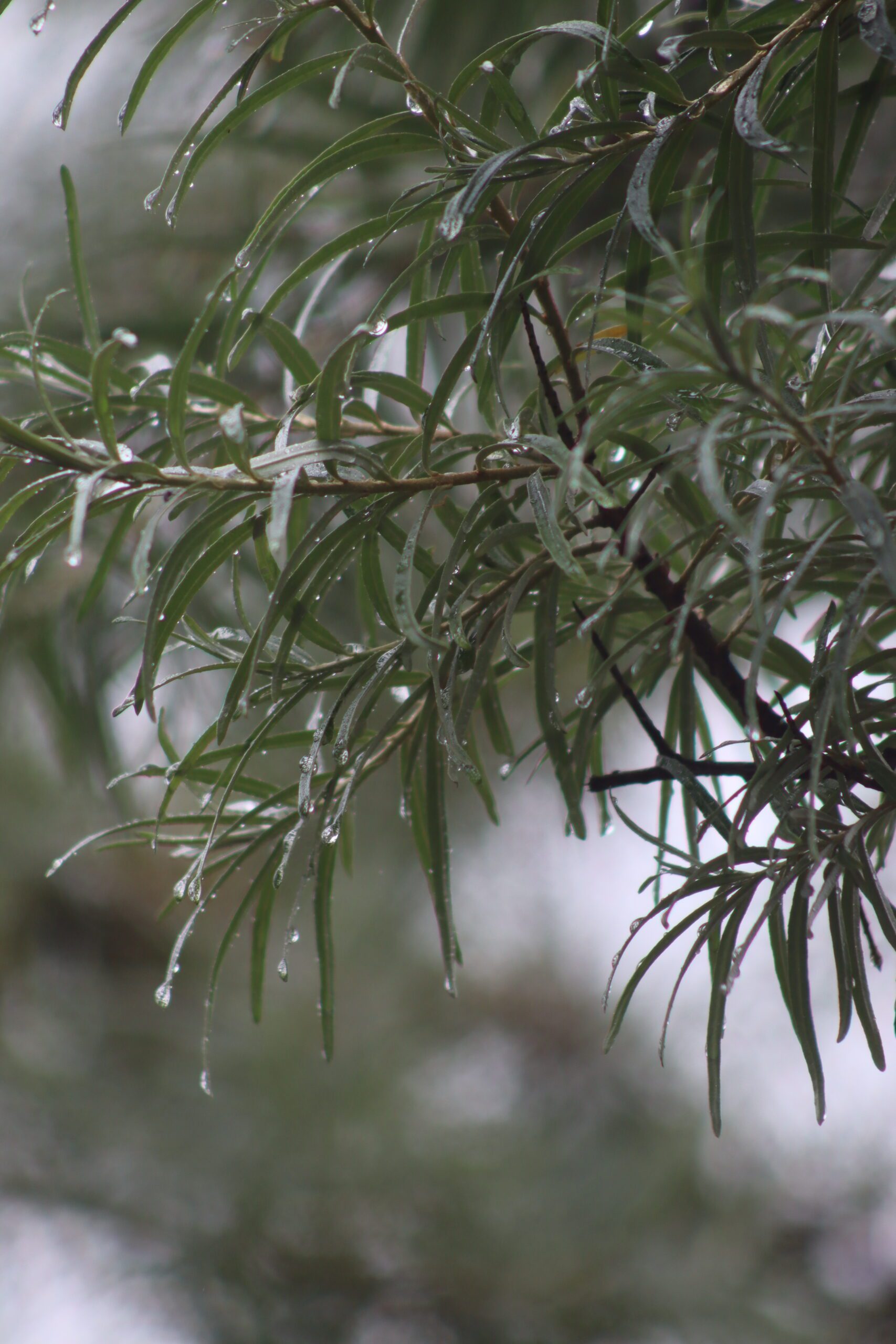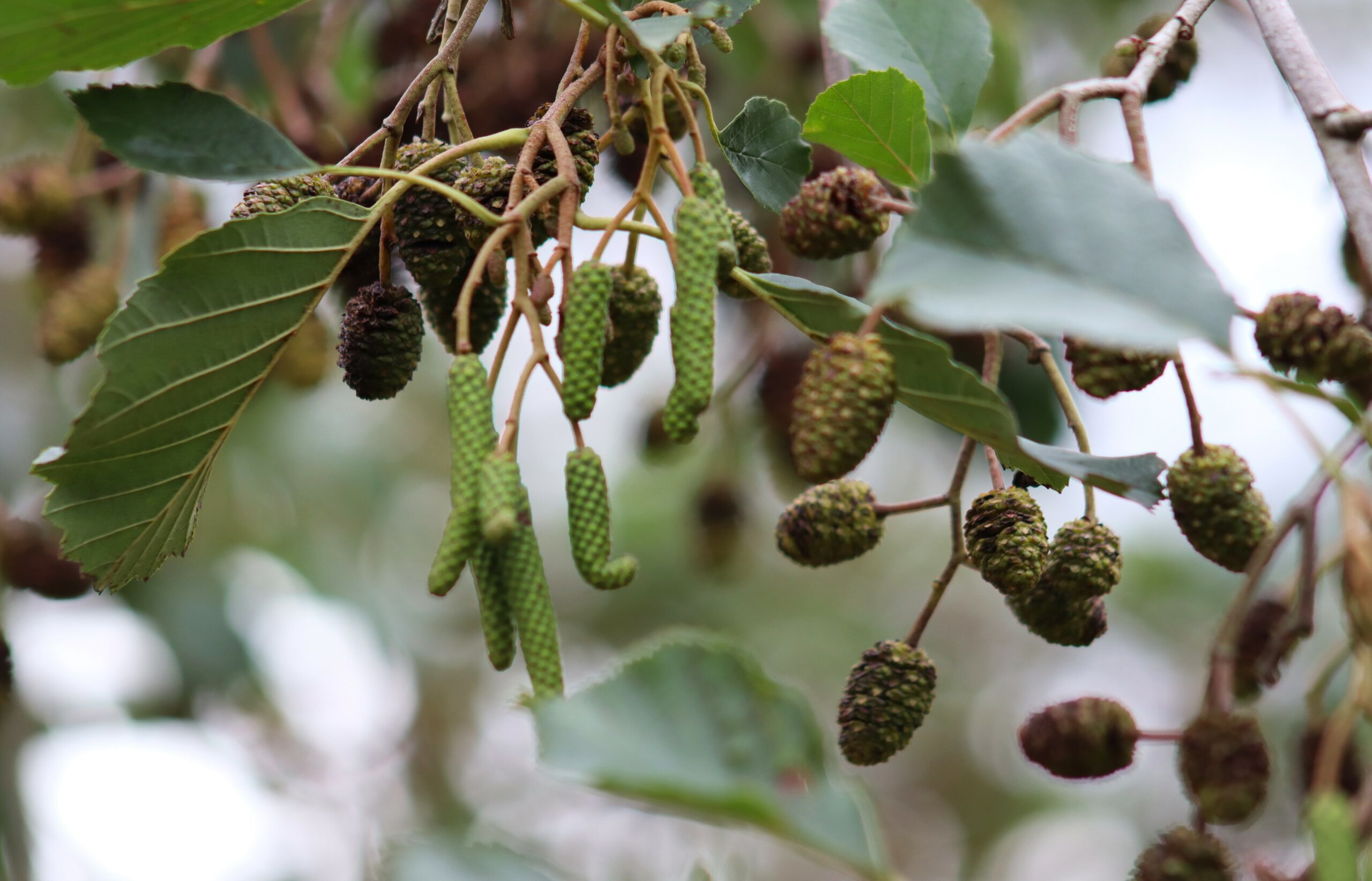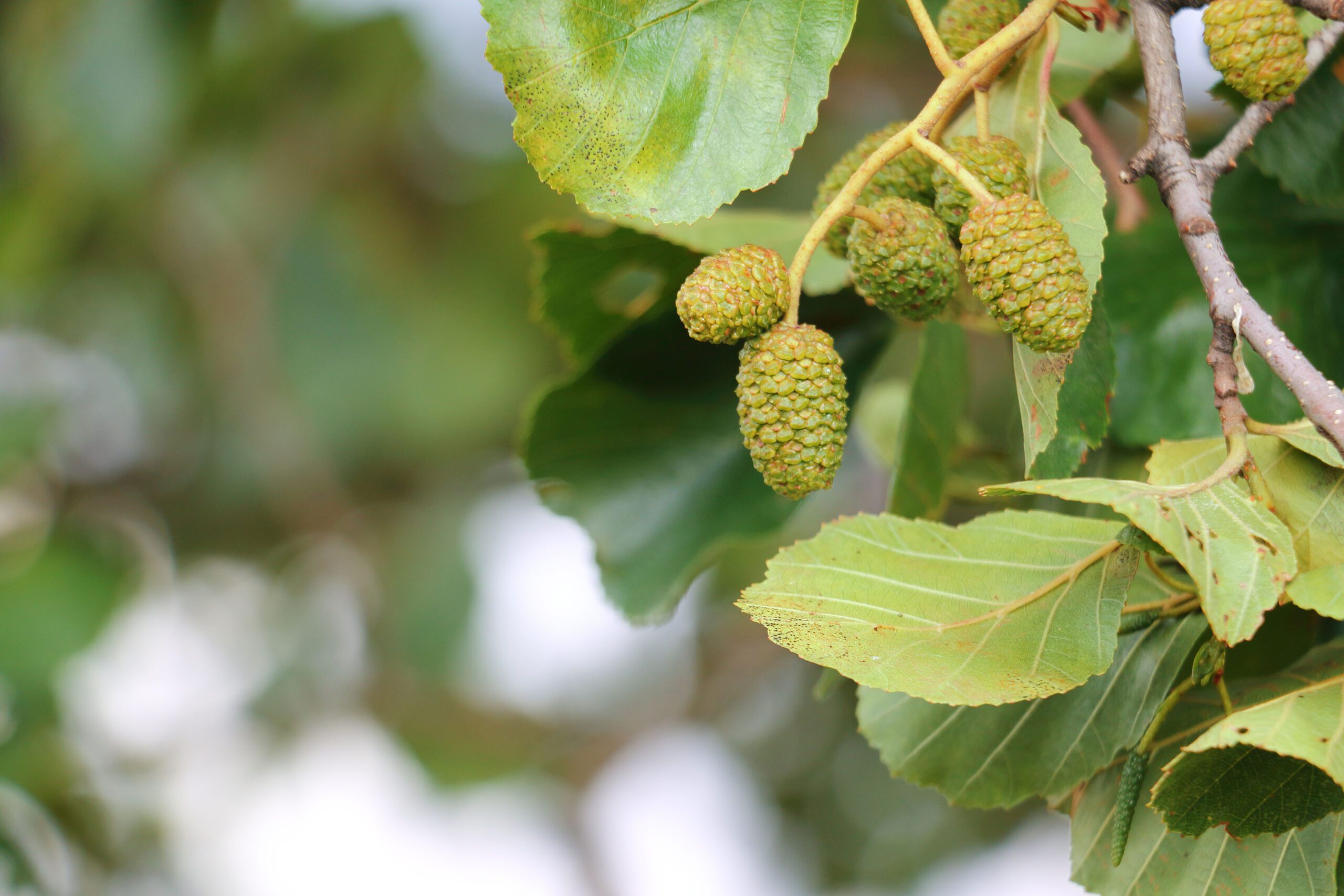Tree Information
Specialities
Tolerances
Wet Soil: High
Dry Soil: High
Lime: Low
Amelanchier arborea ‘Robin Hill’ is an American form of the Amelanchier lamarckii. Distinguishing itself from the broader-spreading lamarckii, Robin Hill boasts a compact, upright canopy with its name ‘arborea’ alluding to its branching like a tree. This signifies its standard tree form rather than a multi-stem variety.
Originating from the efforts of William Smith at the Robin Hill Arboretum in New York during the 1960s, this cultivar has proven notably resilient, reaching a height of approximately 8m with a slender, erect crown. The gracefully sweeping branches make it an ideal choice for infusing colour and visual interest into narrow or dull pathways and streets.
A notable advantage of Robin Hill, is its resistance to the brown tail moth, whose irritating hairs are absent, making it a preferred alternative to several other tree varieties. In mid-spring, the tree burst to life with pink buds unfolding into a spectacular display of creamy-star shaped flowers. The vibrancy of these blooms intensifies with favourable spring weather, presenting a brilliant white spectacle. The bronzed sandstone hue of leaves transitions into a matte emerald green during summer. Come autumn, the foliage transforms into popcorn yellows and golds, culminating in fiery orange with red undertones.
True to its common name, June Berry, the Robin Hill produces small blackcurrant coloured fruits in early summer. These are highly sought after by both humans and birds, though their time on the tree is fleeting so harvesting must be swift. The overall appeal of the Amelanchier arborea ‘Robin Hill’ lies in its combination of aesthetic beauty, adaptability and minimal susceptibility to common concerns, making it a delightful addition to diverse landscapes.
Visit our Useful Resources for in-depth guides
Discover guides to help you with specifying your trees, caring for your trees and understanding the weights and dimensions of trees.
Useful ResourcesSize
Small
8m high x 2.5m wide after 25 years
Environment
A useful garden tree. Also good for planting in urban areas which are narrower.
Foliage
Almost round leaves signify the smallest of seasonal changes with their changes in colour. They emerge bronze and quickly freshen to emerald green for the summer. This further develop in yellows, golds and orange with red tinges as the autumn days go by.
Flowers
A profusion of creamy white, star shaped flowers enrich any area during the middle of March.
Fruit
Small blackcurrant coloured berries appear in June.
Resilience
A hardy tree which tolerates poor soil environments. Grows best in moist, lime-free soil that is well drained.
Wildlife
Berries are enjoyed by both humans and birds.
Make an Enquiry
Enquire below and speak to one of our expert team. For trades only, for general public enquiries click here.
Find Trees For Your Project
View Our TreesSpeak to a Member of Our Sales Team
Make an Enquiry
